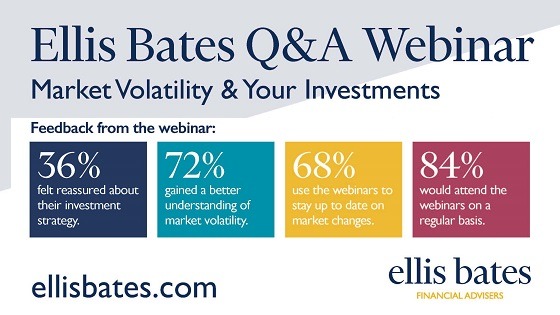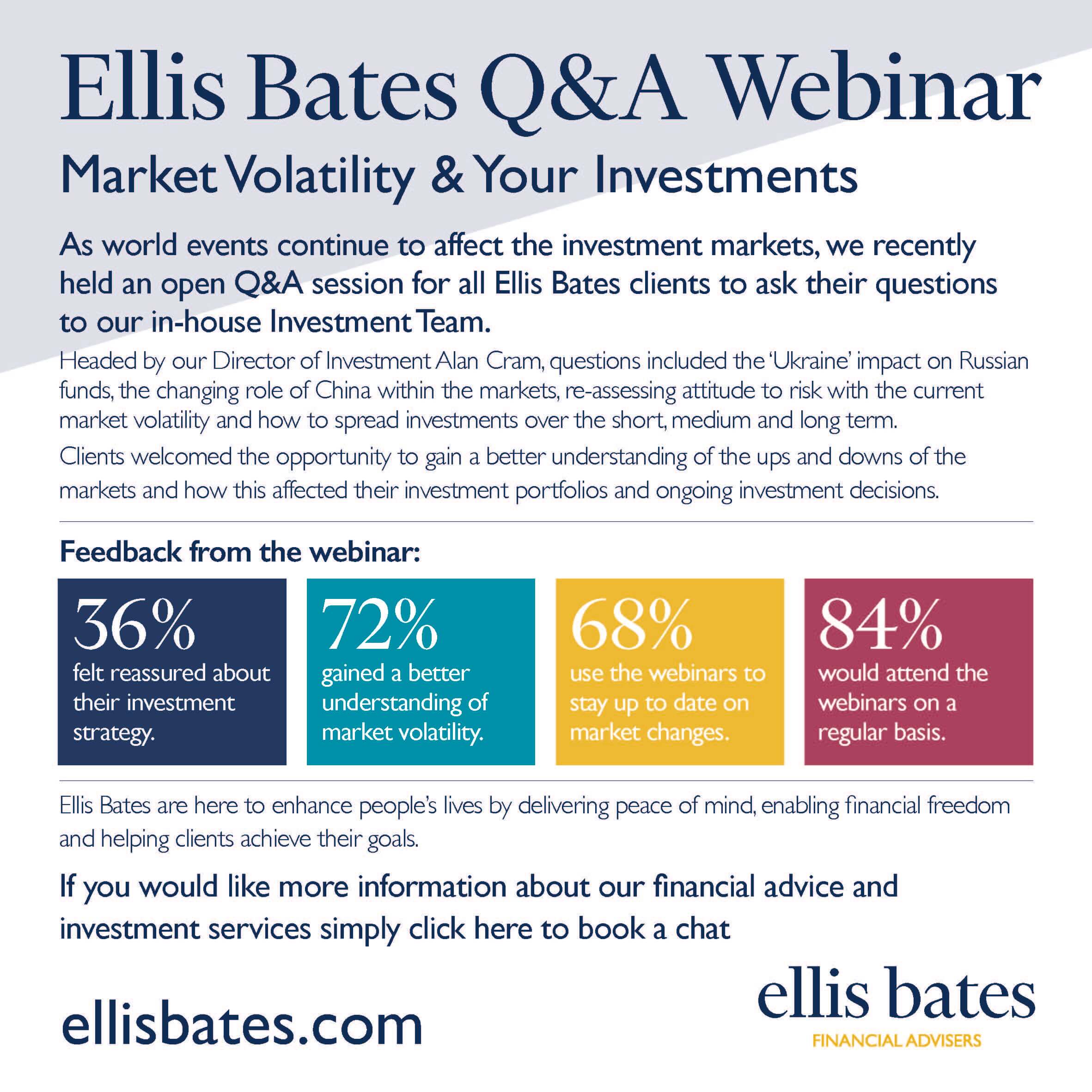Individual Savings Accounts
https://www.ellisbates.com/wp-content/uploads/2022/06/Individual-Savings-Accounts.jpg 560 315 Jess Easby Jess Easby https://secure.gravatar.com/avatar/70f816837c455030814d46a740cfc12d89893aaf8cbf8c8f8f59387d7b30ac08?s=96&d=mm&r=g Minimise the amount of tax you pay on your hard-earned money
Minimise the amount of tax you pay on your hard-earned money
From July 2014, Individual Savings Accounts can now be used to hold stocks and shares or cash, or any combination of these, up to the current annual limit. An Individual Savings Accounts (ISA) is a ‘wrapper’ that can be used to help save you tax.
ISAs enable you to minimise the amount of tax you pay on your hard-earned money. Some ISAs give you instant access to your money and can be used to plan your finances for the short term. On the other hand, if you have longer-term savings goals, you can invest in an ISA for your future.
In the current 2022/23 tax year, you can put £20,000 into your tax-efficient ISA before the end of the financial year on 5 April. The current tax year started on 6 April 2022 and ends on 5 April 2023.
ISA Options
Cash ISA
If you are a UK resident over the age of 18 (age 16 for a Cash ISA only), you can open one of each type of ISA in a tax year, providing you don’t exceed the annual allowance. Cash ISAs are suitable for your short-term savings goals as they don’t invest in the stock market but with current low interest rates, your savings won’t grow much, and you might not be keeping up with inflation. You might consider a Cash ISA as your ‘emergency’ pot of money for any unexpected expenses or a last-minute holiday.
Stocks & Shares ISA
This is a tax-efficient investment that allows you to invest your money in shares, government bonds (gilts) and property with peace of mind that you won’t pay any Capital Gains Tax or Income Tax on the proceeds. This type of ISA is more suitable for your longer-term goals as it has the potential to outperform Cash ISAs over the medium to long term, but with varying levels of risk.
The three main factors to consider when choosing between a Cash ISA and a Stocks & Shares ISA are the length of time you’ll be saving or investing, your appetite for investment risk and the impact of inflation over time.
Innovative Finance ISA
This is a type of investment account that allows you to lend your money through peer-to-peer lending platforms to receive tax-efficient interest and capital gains. You could be lending money to serve personal loans, small business loans or property loans, or a combination of these.
Interest rates can often be much more attractive than Cash ISA rates, but peer-to-peer lending is a higher-risk form of investing and your capital is entirely at risk as there is no protection from the Financial Services Compensation Scheme (FSCS).
Lifetime ISA
If you are aged 18 to 39, and are looking to save for your first home or for later life, you could consider a Lifetime ISA. You can hold cash in a Lifetime ISA or choose to invest it just as you would with a Stocks & Shares ISA. You can put in up to £4,000 each year up to and including the day before your 50th birthday but remember that this £4,000 allowance contributes to your full annual ISA allowance.
The government will pay a 25% bonus on your contributions (£1 for every £4 you put in), up to a maximum of £1,000 a year but you must be aware that a charge of 25% will be applied to any withdrawal if it is for any reason other than buying your first home, at age 60 or if you are terminally ill.
Junior ISA
A Cash or Stocks & Shares ISA account, or both, can be opened for a child subject to the annual allowance, which is £9,000 for the 2021/22 tax year. The account must be opened by the child’s parent or guardian but anyone can contribute once the account has been opened. Savings in a Junior ISA account cannot be withdrawn until the child reaches age 18.
Get in Touch
For further information or to discuss your financial planning requirements, please contact us.





 Why now is the time to make sure you protect your wealth.
Why now is the time to make sure you protect your wealth.

 Planning your future has arguably never been more important.
Planning your future has arguably never been more important.
 Make full use of your relevant tax planning opportunities
Make full use of your relevant tax planning opportunities
 Why parents should look to Christmas investment gifts instead of toys.
Why parents should look to Christmas investment gifts instead of toys.
 Are you scared of running out of money in retirement?
Are you scared of running out of money in retirement?